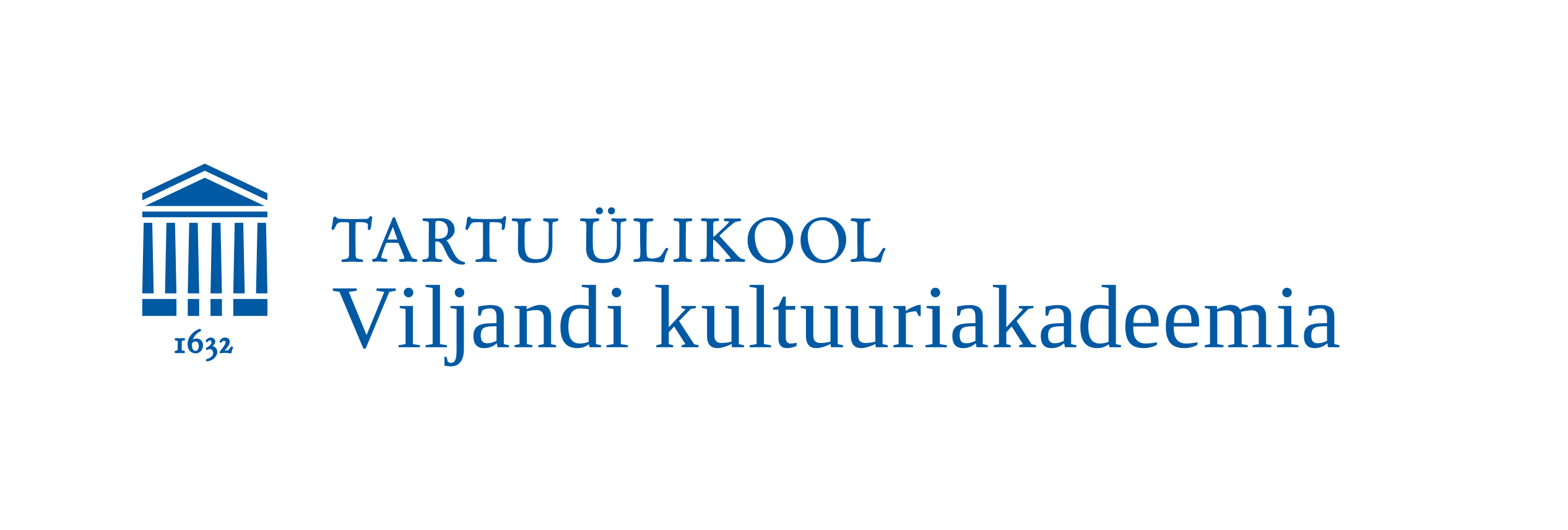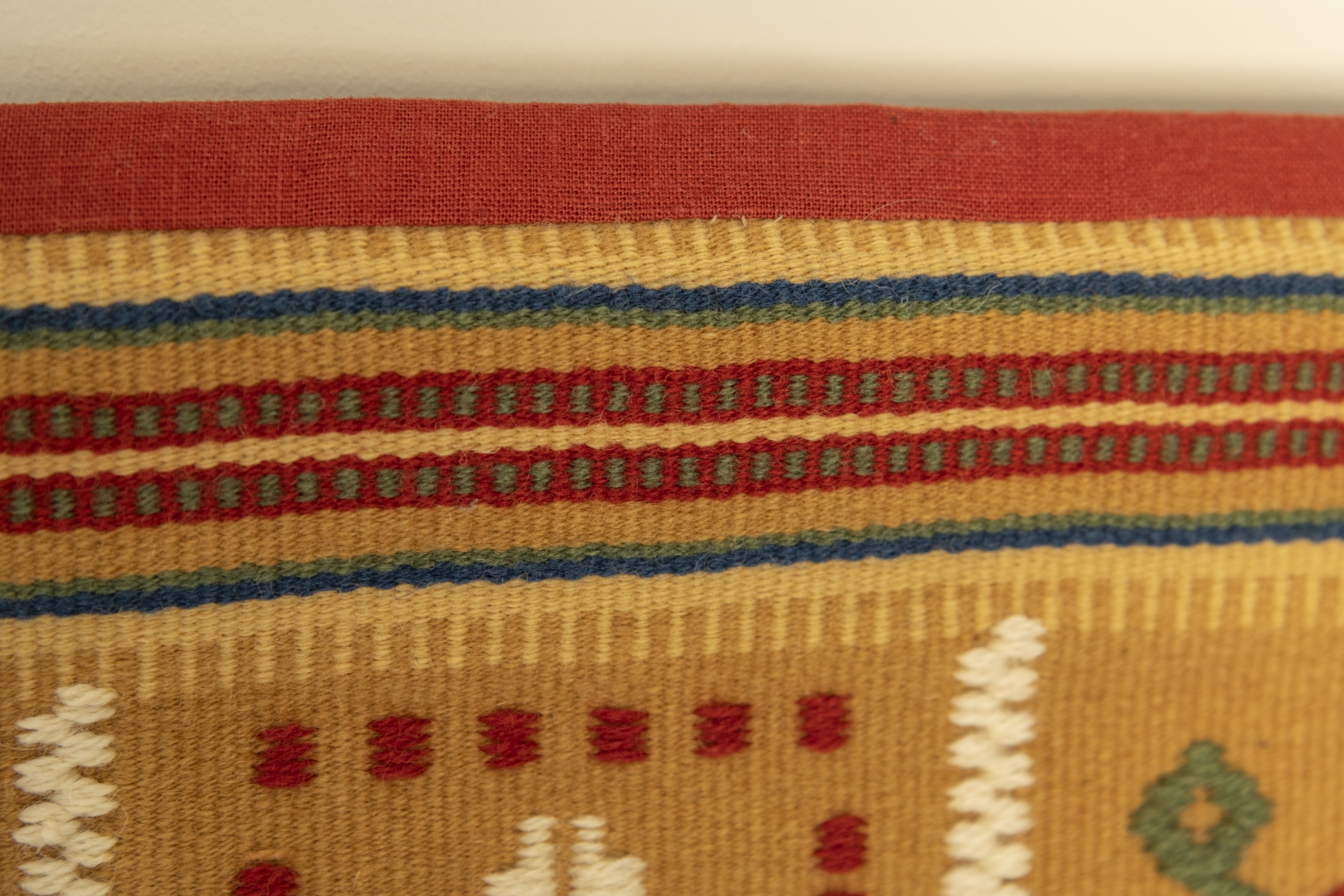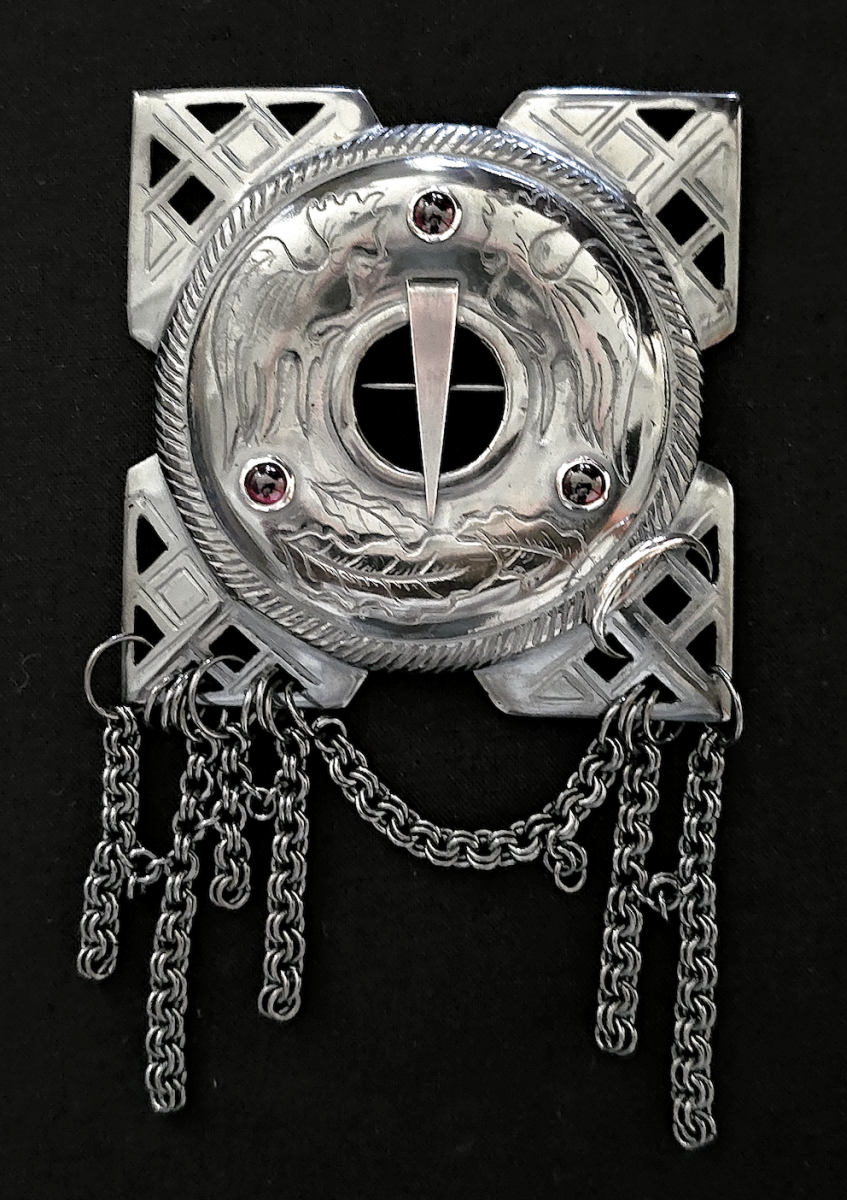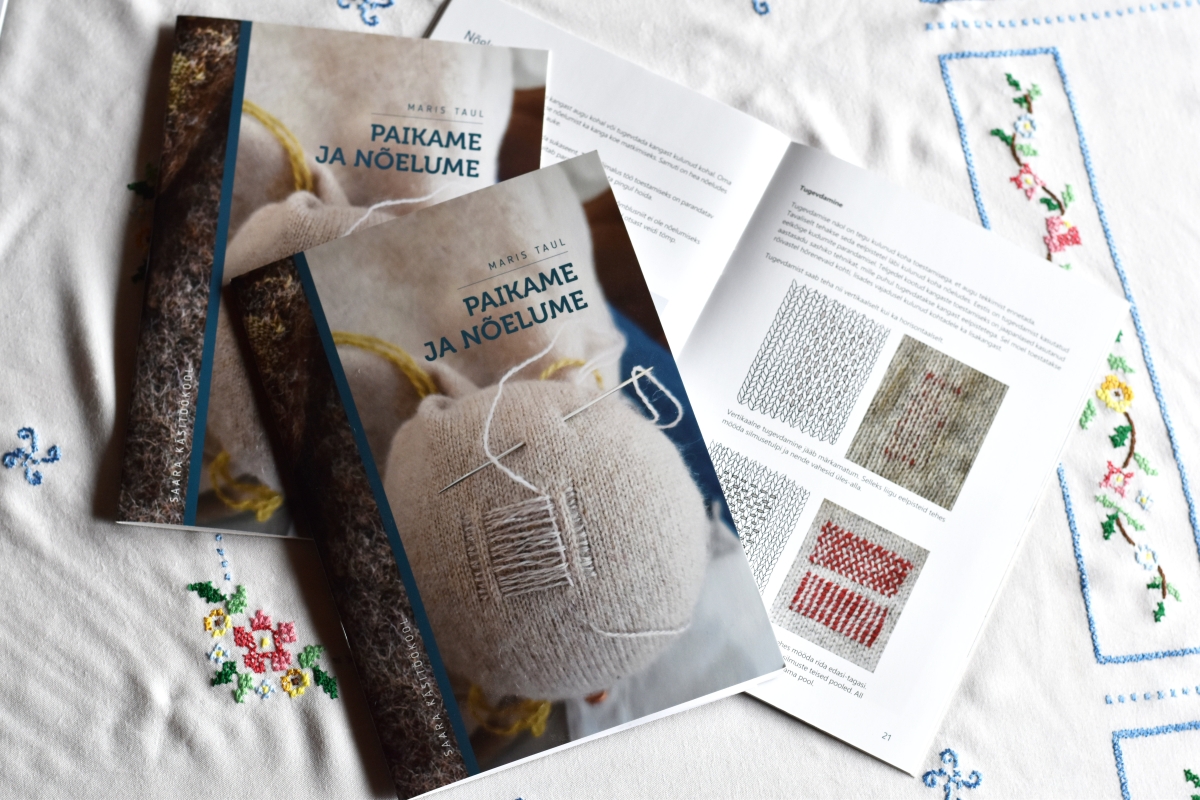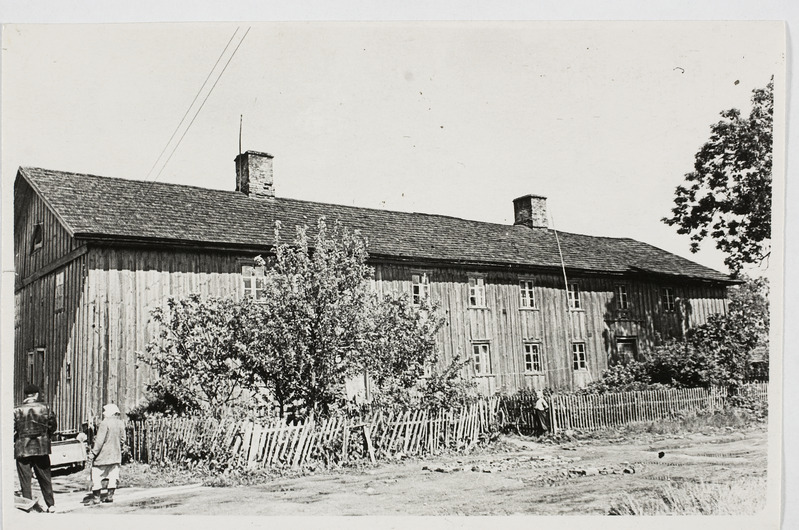“KADRINA-HALJALA VAIBATÜÜP JA MALL TOMBACHI AUTORIVAIBA ERM 16306 TAASKUDUMINE” (Christi Kütt)
LÜHIÜLEVAADE: Lõputöö kirjeldab Kadrina-Haljala vaibatüüpi. Suletud kompositsiooniga naastpõimetehnikas tekke ehk vaipu kooti 19. sajandil ainult selles Virumaa piirkonnas. Töö annab ülevaate antud vaibatüübile iseloomulikest detailidest.
Lõputöö praktilise osana on taasloodud kohaliku külakangru Mall Tombachi (1799-1872) poolt 1844.a kootud tekk (ERM 16306). Töö aitab paremini mõista meistri tehnoloogilise teostuse ja kujundikeele eripära. Laiemaks eesmärgiks on kangur Mall Tombachi loomingu tutvustamine ja seeläbi traditsioonilise tekikudumise tava elus hoidmine.
Kadrina-Haljala vaibatüüp põhineb kompositsioonil. Igal üksikelemendil on oma kindel roll. Tehnika pigem toetab visuaalse terviku saavutamist. Antud töö puhul on oluline materjal ja see, kuidas panna tänapäevased lõngad toimima nii, et saavutada tekile visuaalselt õiged proportsioonid.
Signe Lintrop
Lõputöö autor
TÜ Viljandi kultuuriakadeemia
LÄBITUD ÕPPEKAVA: pärandtehnoloogia / rahvuslik tekstiil
[Best_Wordpress_Gallery id=”152″ gal_title=”Signe Lintrop”]
SUMMARY: Thesis “Kadrina-Haljala carpet-type and re-weaving Mall Tombach’s authorial carpet ERM 16306” is the sequel to last year’s research paper, where I studied weaver Mall Tombach (1799-1872) and eight authorial carpets weaved by her. In this thesis, I will continue to address the topic and try to explain technological specialties of the carpets from KadrinaHaljala carpet type. As part of my thesis, I re-weaved Mall Tombach’s carpet (ERM 16306) which is stored in Estonian National Museum In the first part of the thesis, I describe the characteristics of Kadrina-Haljala carpet type. At Estonian National Museum, there have been preserved 13 blankets that are in Kadrina-Haljala carpet type and they make it possible to study the region’s typical weaving technique. With a closed composition weft float brocading Kadrina-Haljala carpet type blankets have six main rules that make them all similar stylistically, even though the appearance of their middle square might differ. As the second stage of the work, I studied the blanket (ERM 16306) at Estonian National Museum. Blanket has a blue monochrome middle square, which is bordered by edge that is patchy on the sides and monochrome on the ends. It is embellished with different types of denting, single motifs in weft float brocading and single-interlocking wefts. By observation, I gathered the necessary data for weaving: the dimensions of the blanket, the arrangement of the motifs, the size of the reed, the thickness of the thread, the tones of the yarn, etc. Next, I experimented with the materials. It turned out that with modern materials, I cannot get one-on-one results. Kadrina-Haljala carpet type is a visual whole with defined proportions. Every small change in the material or in the height of the motif can affect the final result. However, with small changes, it is possible to achieve the similarity with the original. The design process of the blanket was complicated by the fact that all the cloths and motifs of the original blanket were slightly different in terms of measurement, so I used average indicators in order to make the design. Weaving the blanket helped me to understand the importance of the composition of the carpet type and the role played by the proportions of the individual motifs. Weaving showed me my weaknesses and taught me how to deal with them in the future. The acquired knowledge helps me to introduce the work of the Mall Tombach to the general public and thus to keep alive the traditional practice of weaving.
